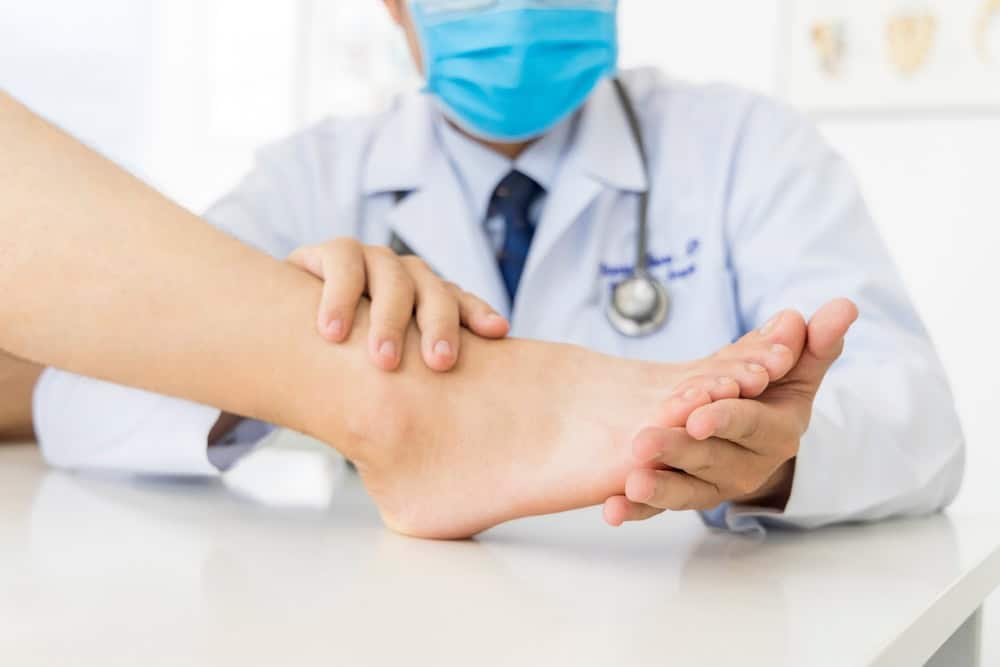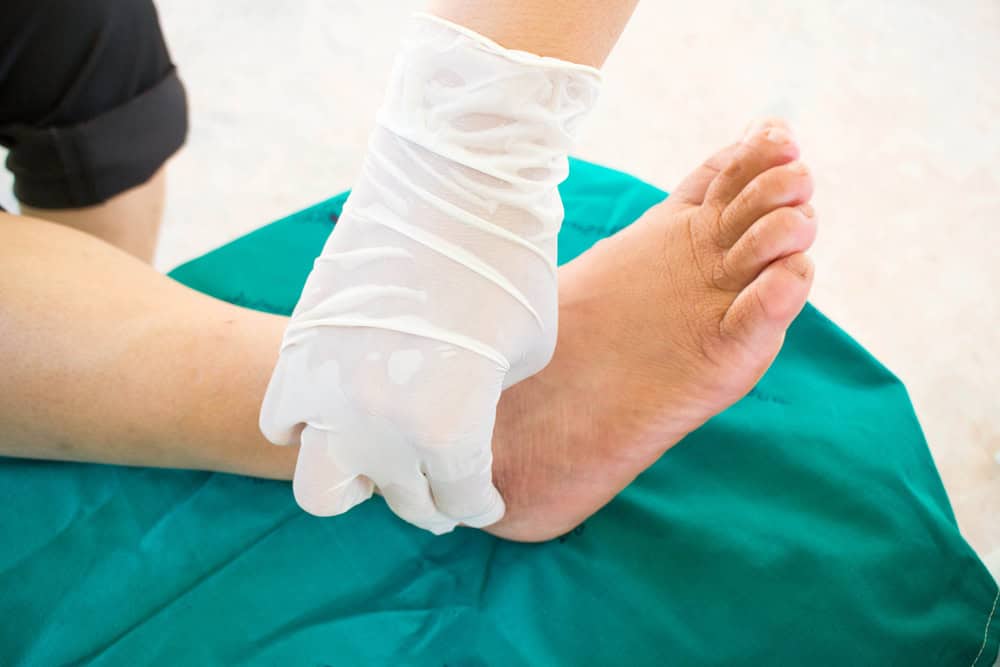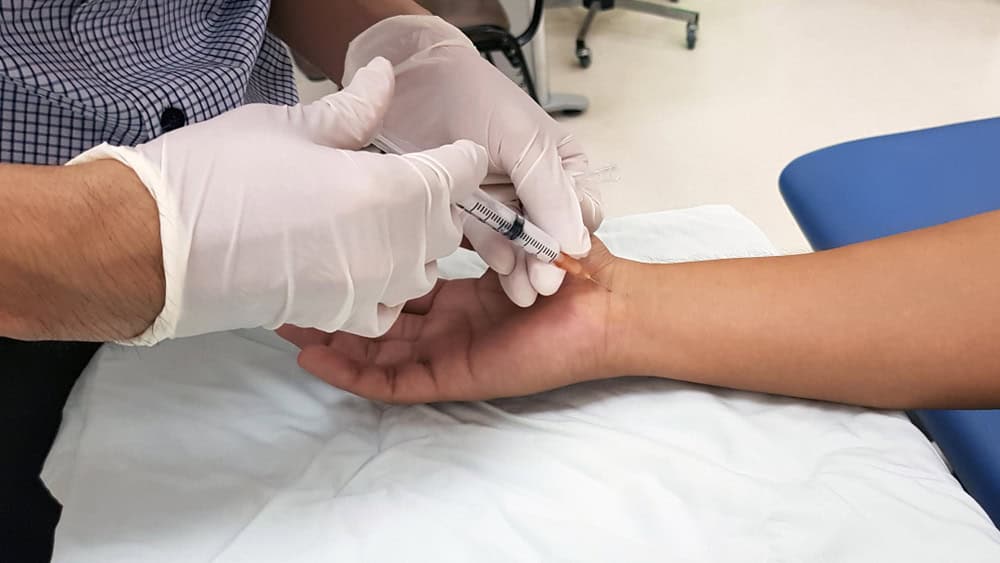Are you struggling with chronic nerve pain? Our neuropathy doctor in East Harlem, NY provides treatment options to improve mobility and reduce discomfort. Whether dealing with peripheral neuropathy or nerve damage treatment, NY Spine Medicine offers solutions that aim to provide long-term relief.

Reviews

At NY Spine Medicine, we provide effective neuropathy treatment in New York City, helping patients find relief from nerve pain. Our neuropathy specialists employ advanced diagnostics and therapies to treat a variety of conditions, including peripheral neuropathy, nerve damage, and chronic pain conditions. We focus on reducing discomfort and improving quality of life with medical techniques designed to restore mobility and function.
Our neuropathy treatment center uses nerve conduction studies, electromyography (EMG), and targeted therapies like TENS therapy, physical therapy, and medication management to address nerve pain at its source. If you’re dealing with chronic nerve pain treatment, our East Harlem, NY neuropathy doctor can help you regain control of your health.


Ready to get started?
Living with peripheral neuropathy can affect every facet of your life. At NY Spine Medicine, our neuropathy treatment center in New York City focuses on addressing nerve pain at the source. Whether you need nerve damage treatment or ongoing support for chronic nerve pain treatment, we offer solutions designed for long-term relief.
Don’t let nerve pain stop you from living life to the fullest. Our team of neuropathy specialists provides advanced therapies to improve function and reduce discomfort. Contact NY Spine Medicine today to explore personalized neuropathy treatment options. Start your journey toward better health with a East Harlem, NY neuropathy doctor who cares.

The area which became East Harlem was rural for most of the 19th century, but residential settlements northeast of Third Avenue and East 110th Street had developed by the 1860s. The construction of the elevated transit line to Harlem in 1879 and 1880, and the building of the Lexington Avenue subway in 1919, urbanized the area, precipitating the construction of apartment buildings and brownstones. The extension of cable cars up Lexington Avenue into East Harlem was stymied by the incline created by Duffy’s Hill at 103rd Street, one of the steepest grades in Manhattan. East Harlem was first populated by poor German, Irish, Scandinavian, and Eastern European Jewish immigrants, with the Jewish population standing at 90,000 around 1917. In the 1870s, Italian immigrants joined the mix after a contractor building trolley tracks on First Avenue imported Italian laborers as strikebreakers. The workers’ shantytown along the East River at 106th Street was the beginning of an Italian neighborhood, with 4,000 having arrived by the mid-1880s. As more immigrants arrived, it expanded north to East 115th Street and west to Third Avenue.
East Harlem consisted of pockets of ethnically sorted settlements – Italian, German, Irish, and Jewish – which were beginning to press up against each other, with the spaces still between them occupied by “gasworks, stockyards and tar and garbage dumps”. In 1895, the Union Settlement Association, one of the oldest settlement houses in New York City, began providing services in the area, offering the immigrant and low-income residents a range of community-based programs, including boys and girls clubs, a sewing school and adult education classes.
Southern Italians and Sicilians, with a moderate number of Northern Italians, soon predominated, especially in the area east of Lexington Avenue between 96th and 116th Streets and east of Madison Avenue between 116th and 125th Streets, with each street featuring people from different regions of Italy. The neighborhood became known as “Italian Harlem”, the Italian American hub of Manhattan; it was the first part of Manhattan to be referred to as “Little Italy”. The first Italians arrived in East Harlem in 1878, from Polla in the province of Salerno, and settled in the vicinity of 115th Street.
Learn more about East Harlem.Local Resources
New York:
Florida:
Support